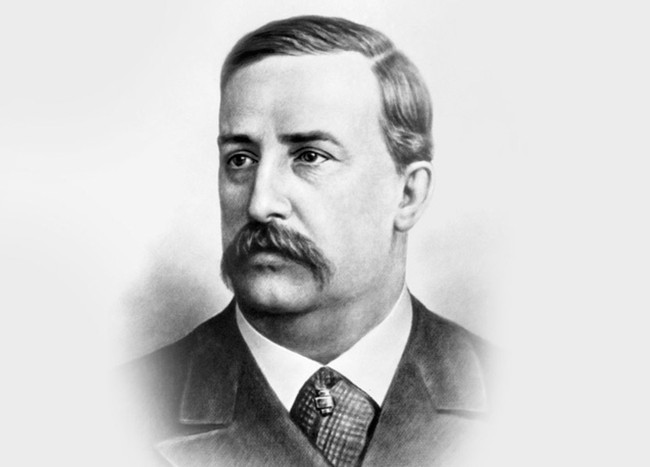
If the title sounds familiar, it’s because it was the name of a long-running television game show of yesteryear. The programme originated in America but the show’s format eventually found its way to dozens of other countries including Britain.
Tunes (or melodies if you prefer) are the oldest elements of music. During the early Middle Ages, most music consisted of a single melody and little else. Melody is invariably the most memorable feature in music and can often be recalled long after other elements of the music, such as the harmonies, rhythms and textures have been forgotten.
During the second half of the twentieth century, melody temporarily became less relevant in classical music, prompting the irritatingly pompous Sir Thomas Beecham to remark that composers should write “tunes that chauffeurs and errand boys can whistle.” In contrast, Aaron Copland, known for his ability to write wonderfully evocative melodies, commented that a melody isn’t “merely something you can hum” implying that melody is much more than a sequence of notes and sometimes has more subtle qualities; more profound meanings.
So this week, let’s celebrate melody with two popular works which are full of memorable tunes. They’re both written for string quartet: two violins, a viola and a cello. And incidentally, the name “string quartet” can apply both to the ensemble itself as well as the music written for it. This type of chamber ensemble emerged sometime during the eighteenth century and has been popular with composers ever since.
Haydn wrote seventy works for string quartet; Mozart wrote twenty-three and the ever-prolific Luigi Boccherini churned out more than ninety. Beethoven’s eighteen quartets are considered to be some of the finest ever written, especially the later ones. Alexander Borodin, the Russian composer, who incidentally was also a medical doctor and a chemist, managed only two string quartets because much of his time was engaged in scientific research. Even so, he was particularly adept at crafting jolly good tunes. So good were they, that many were borrowed (or stolen, to be more accurate) for the 1953 musical Kismet, set in a fictional Baghdad during the time of The Arabian Nights.
This quartet was written in 1881 when the composer was on holiday and staying with a friend in Zhitovo, a country town in Southern Russia. The first movement has been described as one of the most perfect examples of Borodin’s lyrical style and it’s full of lovely melodies and magical changes of key.
The four movements are presented on YouTube as separate videos, listed on the right-hand-side of the screen. Unusually, the second movement is not a slow one, but a quick and lively scherzo in which you’ll hear a melody which later became better known as Baubles, Bangles and Beads. The slow third movement is remarkably beautiful and you’ll probably recognize the main theme as yet another hit from the show, And This is My Beloved.
The Kontras Quartet is a brilliant young American string quartet based in Chicago and has established an international reputation. This is a fine recording in which the four players work to produce a balanced, seamless and perfectly synchronized performance.
If any string quartet can stake a claim for the most popular work in the chamber music repertoire, it has to be this. I first encountered it as a teenager and thought it was the best quartet I’d ever heard. This performance has been watched over 518,363 times on YouTube alone, so there’s clearly a ready audience for chamber music.
The work dates from 1893 when the Czech composer was Director of the National Conservatory in New York City. Like Borodin, he was taking a summer holiday when he wrote it. Dvorak stayed in the small Iowa town of Spillville, which lies among the hills of the Turkey River Valley. It was (and still is) the home of a expatriate community of a few hundred people.
Dvorak sketched the quartet in just three days and completed the entire work less than a fortnight later. He’d recently finished his New World Symphony and the string quartet contains many similar American-sounding themes, often using the sweet-sounding pentatonic scale. For a long time, it was assumed that Dvorak had used genuine folk songs and spirituals and although the composer heard many American folksongs during his stay, the melodies in the quartet are largely the composer’s own.
The Prazak Quartet was established in 1972 and it’s interesting how these Czech musicians approach the work. Unlike some American and British string quartets that tend to go for a smooth and restrained performance of this work, there’s no pussy-footing around here and the musicians give a lively, passionate reading that seems to bring out more of the Bohemian qualities of the music.
 |
 |
 |





